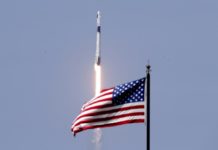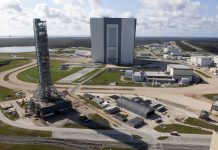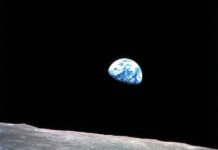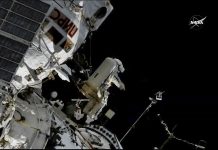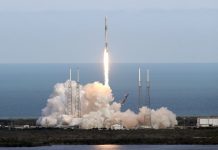CAPE CANAVERAL, Fla. (AP) — NASA’s Dawn spacecraft is sending back incredible close-ups of the dwarf planet Ceres.
The spacecraft has been circling Ceres since 2015. In June, it reached its lowest orbit yet, skimming the surface from just 22 miles (35 kilometers) up.
The latest pictures released Monday offer unprecedented views of a huge impact crater known for its bright salty deposits. Landslides are clearly visible on the rim.
Chief engineer Marc Rayman of NASA’s Jet Propulsion Laboratory in Pasadena, California, says the results are better than hoped.
Before arriving at Ceres, Dawn explored the asteroid Vesta. Both are in the asteroid belt between Mars and Jupiter.
Launched in 2007 with an ion engine, Dawn is nearing the end of its extended mission. NASA expects the spacecraft to last just another few months.
MORE NASA NEWS –
Astronomers say they’ve captured the first confirmed image of a planet forming in the dust swirling around a young star.
Scientists said Monday the planet appears as a bright spot in the snapshot taken using the European Southern Observatory’s Very Large Telescope in Chile.
Miriam Kepler of the Max Planck Institute for Astronomy in Germany said hints of baby planets have been detected before, but astronomers weren’t sure whether those observations might simply be features in the swirling dust.
In a paper to be published in the journal Astronomy & Astrophysics, scientists describe the planet, located about 3 billion kilometers (1.86 billion miles) from the star PDS 70, as a gas giant bigger than Jupiter. They say it has a cloudy atmosphere and a surface temperature of 1,000 degrees Celsius (1,832 degrees Fahrenheit).
Other transportation news –
A newly announced project by billionaire innovator Elon Musk for a tunnel transit system that would carry travelers to and from Chicago O’Hare International Airport at up to 150 mph (241 kph) is just another project on a growing list of Musk dream projects.
A look at some of the SpaceX and Tesla CEO’s most ambitious projects, where they stand now and some hurdles to their completion:



